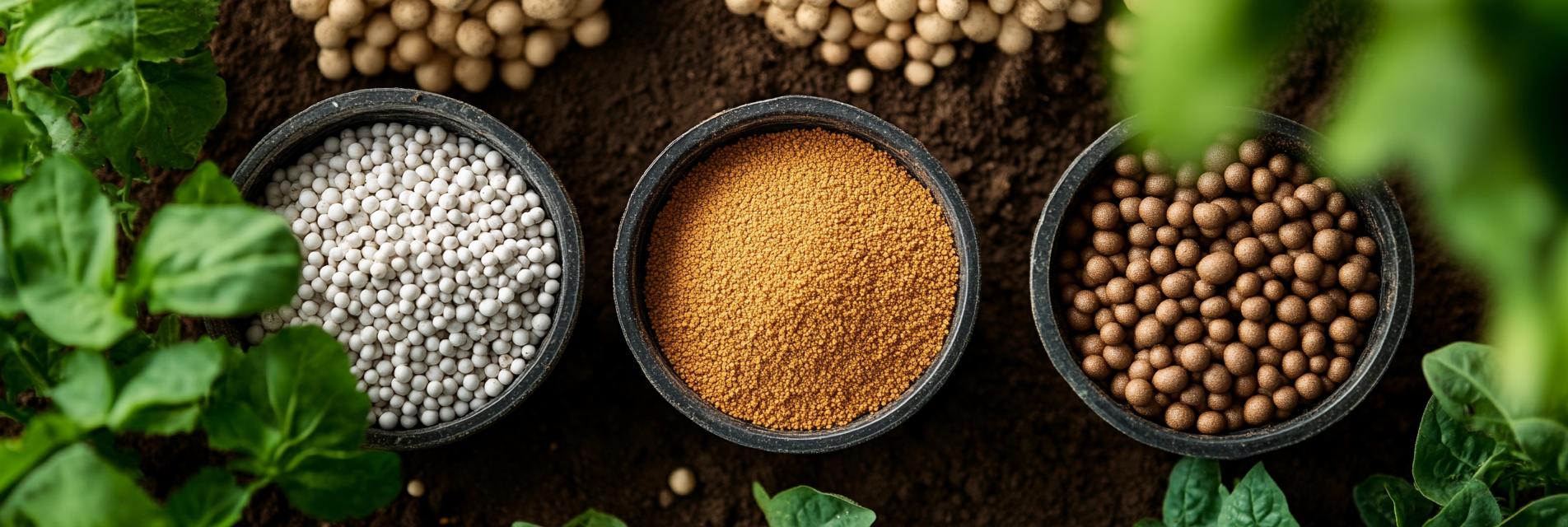Transportation costs play a significant role in the overall expense of using nitrogen fertilizers in agriculture. By developing efficient strategies, farmers and distributors can mitigate these costs while ensuring the appropriate application of fertilizers for varying crop types. This article delves into practical methods aimed at optimizing transportation and application processes.
The transportation of nitrogen fertilizers often encounters several challenges, such as logistical inefficiencies, fluctuating fuel prices, and the need for timely delivery to meet crop growth cycles. These factors can cause significant financial strain on agricultural operations.
Implementing innovative solutions can be key to reducing costs. Here are some effective strategies:
Adapting nitrogen fertilizer applications to specific crop types not only increases crop yield but also improves cost efficiency. Different crops require varying amounts of nitrogen, and optimizing these applications can prevent excess fertilizer use, which can also reduce transportation costs.
Understanding specific needs for different crops can guide the strategic application of nitrogen fertilizers:

By implementing these effective strategies to reduce transportation costs for nitrogen fertilizers, farmers can improve their operational efficiency and reduce overall expenditure. Tailoring applications for different crop types ensures not just cost savings but also promotes sustainable agricultural practices. Looking to the future, embracing innovative transport solutions will be vital for the agricultural industry's growth and sustainability.